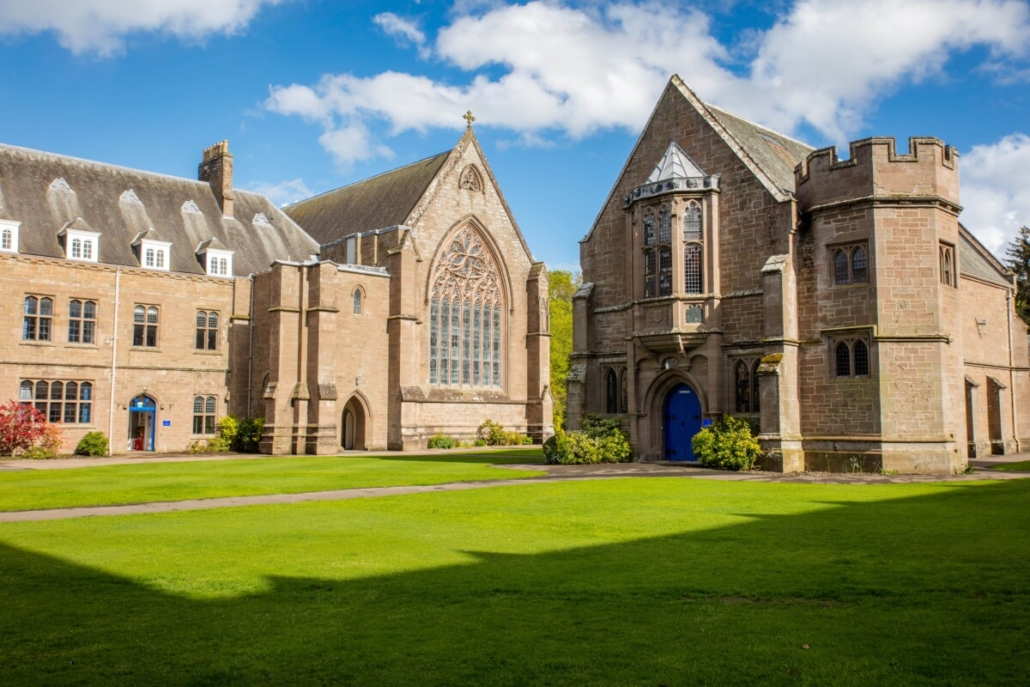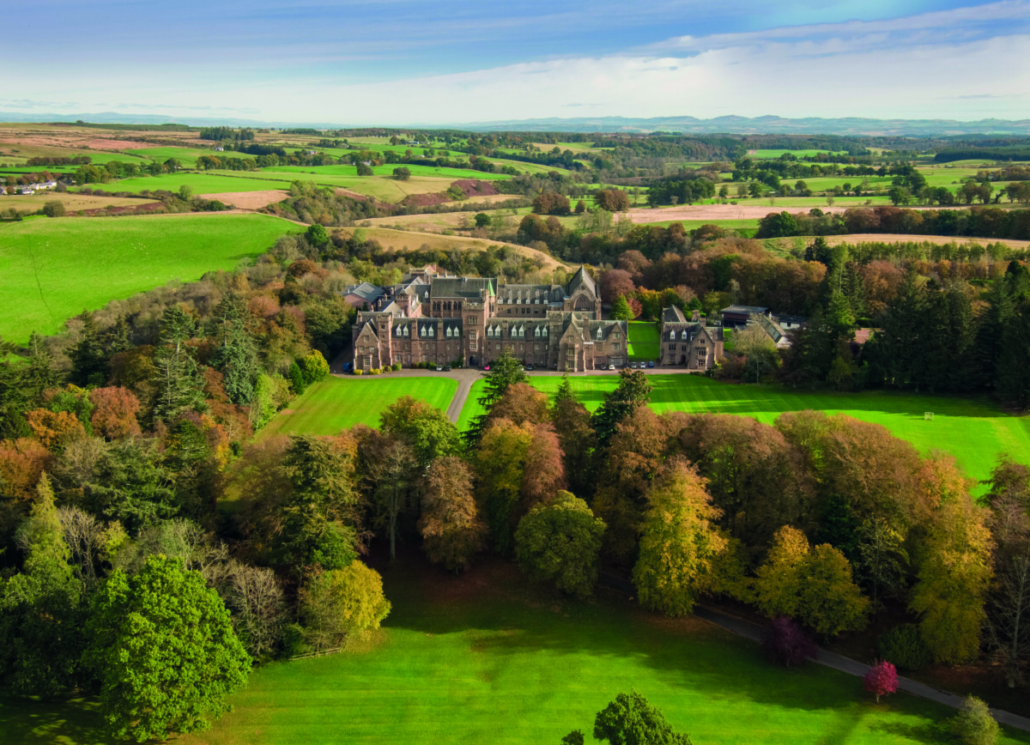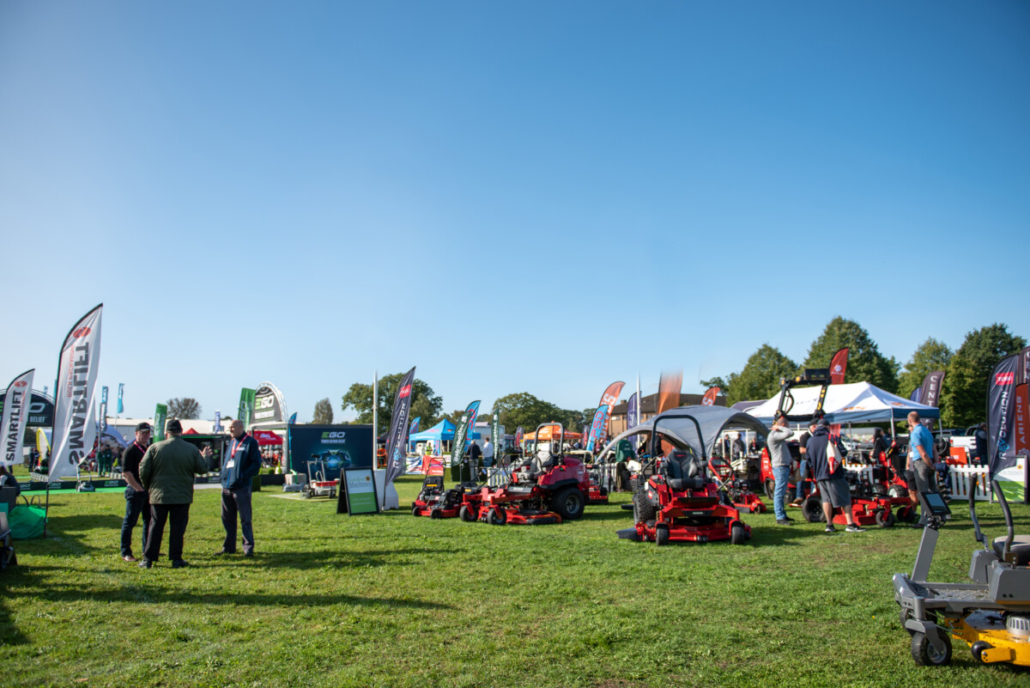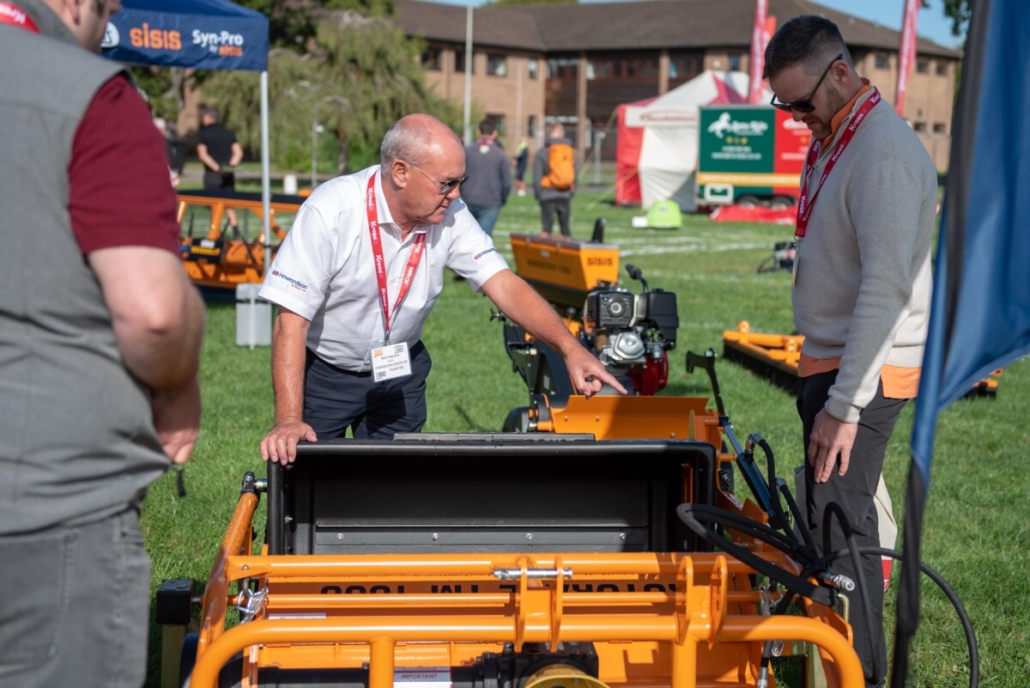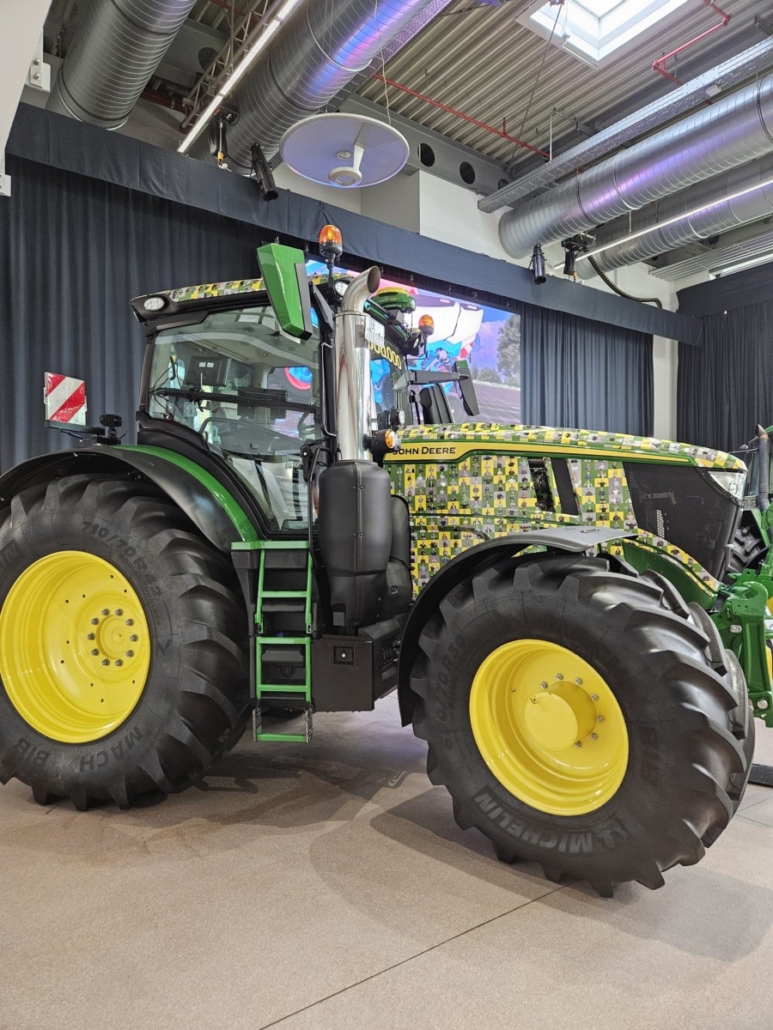World class ambition
World class ambition: Scott MacCallum caught up with Corey Finn, a New Zealander managing a United Nations of staff in Abu Dhabi.
As a 17-year-old boy, New Zealander Corey Finn wrote down what he hoped to achieve in life. He wasn’t giving himself an easy ride, as his goal was to be Superintendent of a Top 100 Golf Club by the age of 35.

World class ambition
Viya Golf in Abu Dhabi has three fantastic golf courses, including Yas Links, host to the Abu Dhabi HSBC Championship, which is ranked 32nd in the Golf Digest World Top 100 rankings. And yes, Corey is Director of Agronomy and very much the man in charge of the golf courses.
He achieved his ambition! Well, not exactly, as he was 36 when he took the job two years ago, missing his target by a year. But seeing what he has achieved since arriving in Abu Dhabi, no-one is going to hold that against him.
Under his charge is the aforementioned Yas Links, which has a greenkeeping team of between 45 to 50 for its 27 holes; Yas Acres, which has a staff of around 32, for its nine holes and large landscaped area, and Saadiyat Beach Golf Club, with a team of around 40. Each are exceptional examples of their type.
“Saadiyat is probably the hardest of the three to manage due to its high-profile visitors and the size and quality of the properties on the site that we maintain,” revealed Corey.
The quality of all the golf courses, coupled with the nature of the members and guests, mean expectations and standards are air-thinningly high.
It’s not probably a true reflection on what golf is in the world. At Viya Golf members and guests have everything provided for them. From turning up and someone taking your bag out of your car; a comfortable locker room; golf balls ready for you on the range. Everything you could possibly want or need before you even hit the 1st tee.
“You go to New Zealand where I’m from, or to Scotland, at most golf courses you take your own range balls and pick them up afterwards.
So a lot of golfers out here have extremely high expectations.
And we have to meet them.
“Some of our members and guests started playing golf here and it’s all they know. They don’t realise that this is a golfing Disneyland, in terms of conditioning, and that it is consistently very good, virtually all of the year round.
“That said we are still always working with Mother Nature and it’s a challenge.”
Yas Links is, as its name suggests, a links course – not a style of course you would have a right to expect in the desert-like Middle Eastern topography.

World class ambition
“Every country around the world has its own unique climate. Here we have a few things to deal with – heat and humidity are the main ones, while we’re using recycled water on all three properties. It’s great that we’re using recycled water, but in reality it’s not the best quality.”
Viya Golf’s water is treated by the Abu Dhabi state before it reaches the golf courses and it doesn’t receive any further treatment.
“We don’t treat the water, but we’re using Paspalum, which is salt tolerant, to overcome the deficiencies in our irrigation water,” said Corey.
That Paspalum was found near the beach, so you could argue that, while it is completely different from those links grasses found in Scotland, it is still a legitimate links grass.
“It was found in a warm season climate next to the beach and was developed from there. Hence why it’s a good grass for us in the region. I’m not going to say it’s going to work in Scotland, or even that it’s going to work in Saudi Arabia, but it works for us,” he explained.
“It can handle the irrigation water, it can handle being next to the seaside breezes, which whip up, and carry salt through the air.”
Corey can get his grasses incredibly short, especially the recent versions of Paspalum which provides the firmness required for running a links course.
“We get our greens down as low as 1.3mm, surrounds to 2mm, while fairways are cut at 4.5mm.”
While they host regular Ladies European Tour and Challenge Tour events, perhaps the highlight of the season, and what gets the juices flowing for Corey and the team, is the Abu Dhabi HSBC Championship which sees a host of the world’s best competing for vast sums of money.
Who can forget the astonishing holed bunker shot by Victor Perez on the 71st hole, which set up his win in January 2023?
When we spoke, Corey was about to start the prep for the next edition of the tournament, which has been moved by the DP Tour to a November slot.
“Going from a January tournament to a November tournament makes it a bigger challenge for us. That’s for sure.
“Our build-up is pretty much starting now (speaking in mid-August). It’s still incredibly hot and we are battling with water issues, but my goal is to have the golf course as good, if not better, than the January tournaments.
“We did some mock prep last year in November, when we knew the date was changing, to see where we were going to be and I was pretty happy with what we could deliver,” he said.
Like a Formula One driver trying to manage his car and nurse it over the line, Corey looks at how best to manage his team in uncomfortable circumstances.
“We start slowly as I’ve got to manage my staff through the heat. It’s still mid-40s and humid, so I’m trying to work out when I pull the trigger – when we’re going to push hard and push the staff that little bit harder.

World class ambition
“If I go too early, I’m going to burn these guys out. So that’s going to be a new challenge. There’s a lot of growth in November.
“We will produce a golf course fit for the occasion,” said Corey, who has built up an excellent relationship with Tournament Director, Miguel Vidaor and the DP Tour agronomists.
“If Miguel asks for 10 feet I make sure he gets it, but it’s not just that. Anyone can get fast greens, that’s easy, but holding a number, or holding a speed, is the challenge. If it’s 10 feet on Thursday, I want them 10 feet all week.”
Speaking with Corey is to appreciate that he is a greenkeeper through and through.
“I just love greenkeeping at the end of the day and doing what we’re doing out here,” said Corey, who attended the Ohio State programme at the age of 19.
From an environmental perspective at the time of talking, Viya Golf was on the verge of achieving its GEO certification, while it is already Audubon accredited.
The club recently recorded 194 species of birds, including one which was actually thought to be extinct – a striped whimbrel which hadn’t been seen in about 10 years. A whimbrel is a smaller version of the curlew, with a shorter, straighter then down-curved bill and pale crown-stripe.
“It’s not just about golf here for us. We are big on the environmental side of things,” said Corey who has recently worked with local schools on environmental projects.
“We use sustainable products wherever possible including a lot of organics and actually we don’t throw out a lot of fertiliser. When it comes to our chemicals and pesticides, we go down the preventative route,” he revealed.
There are obvious differences between working in Abu Dhabi and other parts of the golfing world, and not all agronomic.
When asked to highlight something he deals with which would be different from his colleagues in the UK, Corey talks about pulling together the skills of a team drawn from all corners of the world, many different religions, and a massive disparity in ability levels.
“My assistant, Jack, was trying to train a guy to reverse a machine and trailer and he just couldn’t get it. He just kept going backwards, without looking and couldn’t work out why it wouldn’t go straight back,” recalled Corey.
And then there was the “mechanic” who was instructed to go and grease a machine.
“He went out and spread grease over the entire machine!”
But Corey couldn’t be more complimentary of his United Nations of staff and he is seen as very much of a father figure to a team which very much wants to please, and occasionally do refer to him as “father”.

World class ambition
“I put a lot of trust in guys. They are from all parts of the world, including India, Sri Lanka and Pakistan, which are countries which have issues back home. Many of them come with no education, a wide range of religions, and we train them from scratch.
“In fact, I prefer to bring guys in who have not had any training so I can teach these guys to our way of doing things. But I’ve had guys who come from small villages where they’ve never even been in a car or even seen a car,” said Corey.
“I can go to a guy and say to him that I need him to go mow a green. They’ll go ‘Ok, no problem boss’. Then go and do something completely different!
“If I try and grab a shovel they’ll take it off me, as it’s almost a sign of disrespect to them,” said Corey, who added that he often has to force guys that don’t like drinking water.
“Every year the same guys get sick. You are always reminding them that they have to look after themselves and drink water, but still they don’t!”
Corey also finds himself helping them on outside of work issues, including how to make a doctor’s appointment or opening a bank account.
“That’s because they’ve always been in a village and haven’t the experience of living away in a different country. They haven’t acquired the life skills.”
“You’re managing the whole person, not just the working person. Yes, they’re working for you but they need a lot of other support and you’ve got to make allowances for that sort of thing.”
It’s a measure of how far Corey has come in his greenkeeping career that he has the maturity to handle all that comes his way. It perhaps suggests that while he just missed the goal the 17-year-old greenkeeper set for himself, he is probably better off for it.
“I now appreciate that the golf course is one big circle and not isolated from everything else.
If the guy that picks the golf clubs out of the car, drops them, the golf course is going to be disappointing, and in the restaurant, the food’s going to be lousy.”
“I’ve come a long way in the last five years in understanding and getting better at seeing the bigger picture. I’m not saying I’m perfect, but I’ve now got the miles on the clock.
“I was that guy that used to wear emotions on the chest. I still do, but there’s a time where you’ve just got to hold it in and perhaps I wouldn’t have done had I become a Superintendent at 30.
“I strongly believe you need to work through all the steps and gain that experience and gain that knowledge.”
That experience is sure to ensure that Corey, and any golf club which benefits from his talents, are sure to have a successful future.




